1908 – 1910
Architect: Theodor Fischer
Frauenstraße 110, Ulm, Germany
The Protestant Paulus Church in Ulm, Germany, designed by architect Theodor Fischer, was completed between 1908 and 1910.
Located north of the old cemetery on Frauenstrasse, St. Paul’s Church in Ulm was built as a Protestant garrison church.
Today it is the parish church of the Paulus congregation in Ulm.
Church Building
The church is built on a transverse rectangular plan with narrow side aisles.
Two towers flank the recessed choir in the northeast.
Opposite to this is the western work, where a circular tower marks the vestibule with the main entrance.
Attached to the northeast tower is a chapel with a rectangular transverse plan and a recessed apse.
Historical Background
In 1906, a plot of land north of the old cemetery, which had recently been abandoned, was purchased as a building site (together with a plot of land already owned by the German Reich).
Under pressure from the Württemberg War Ministry, the Protestant soldiers of the Ulm garrison had been allowed to use the existing chapel since 1857, but disputes arose time and again, mainly because of the early time of the service at half past seven in the morning and the inferior pews assigned to the Protestant soldiers.
It was not until 1903 that an initiative to build a separate Protestant garrison church was finally approved.
The church was designed for a total of two thousand Protestant soldiers. Of these, 1,200 were to be seated in the nave and 800 in the gallery.
Competition
A limited competition among architects from southern Germany was announced with the condition that a building in the Gothic style was excluded in consideration of the Ulm Minster and the Catholic Garrison Church.
On December 12, 1906, architect Theodor Fischer‘s design was selected from seven submissions to the “ain veste bvrg” competition.
After some modifications to the design, construction began on April 1, 1908, under the supervision of Fischer’s associate Eduard Brill.
On August 20, 1908, the foundation stone was laid in the presence of King Wilhelm II of Württemberg, and two years later, on November 5, 1910, the church was consecrated.
Theodor Fischer himself described the church as a soldier’s church, dominated by towers whose ends resembled the shape of grenades.
Construction
The Paulskirche was one of the first German church buildings with visible reinforced concrete elements on the outside and inside.
The use of this building material also had a symbolic meaning: the field-gray reinforced concrete was reminiscent of a fortress.
So-called trickle concrete (1 part cement, 1 part sand, 2 parts bean gravel) was used as facing concrete on the outside, which was worked with a two-pointed point.
The organ porch facing the street has a particularly rich articulation in the concrete parts.
The columns between the large buttresses are made of a finer crushed gravel material and are bush-hammered, as are the sculptures of the columns, capitals and concrete sculptures.
Decoration
The entrances bear concrete sculptures (including the Württemberg heraldic animals, the lion and the stag) by the sculptor Jakob Brüllmann.
The wide-span vault inside is column-free and supported by concrete trusses in the form of so-called Fischer Arches.
On the wall of the choir there is a crucifix by Adolf Hölzel, painted in secco technique, which is the only part of the original pictorial decoration that has been preserved.
The organ was built between 1910 and 1911 in the workshop of the Link brothers in Giengen.
Redesign
The interior of the church was redesigned between 1966 and 1970. As part of this redesign, the artist Klaus Arnold created a three-part painting on the altar wall.
The original windows, designed by Franz Mutzenbecher, and the original Art Nouveau furnishings were permanently lost during this remodeling.
Although the Reich Ministry of Finance had urged the sale of the church to the Protestant parish as early as 1932, it was not until 1964 that the church was sold to the Protestant Paulus parish.

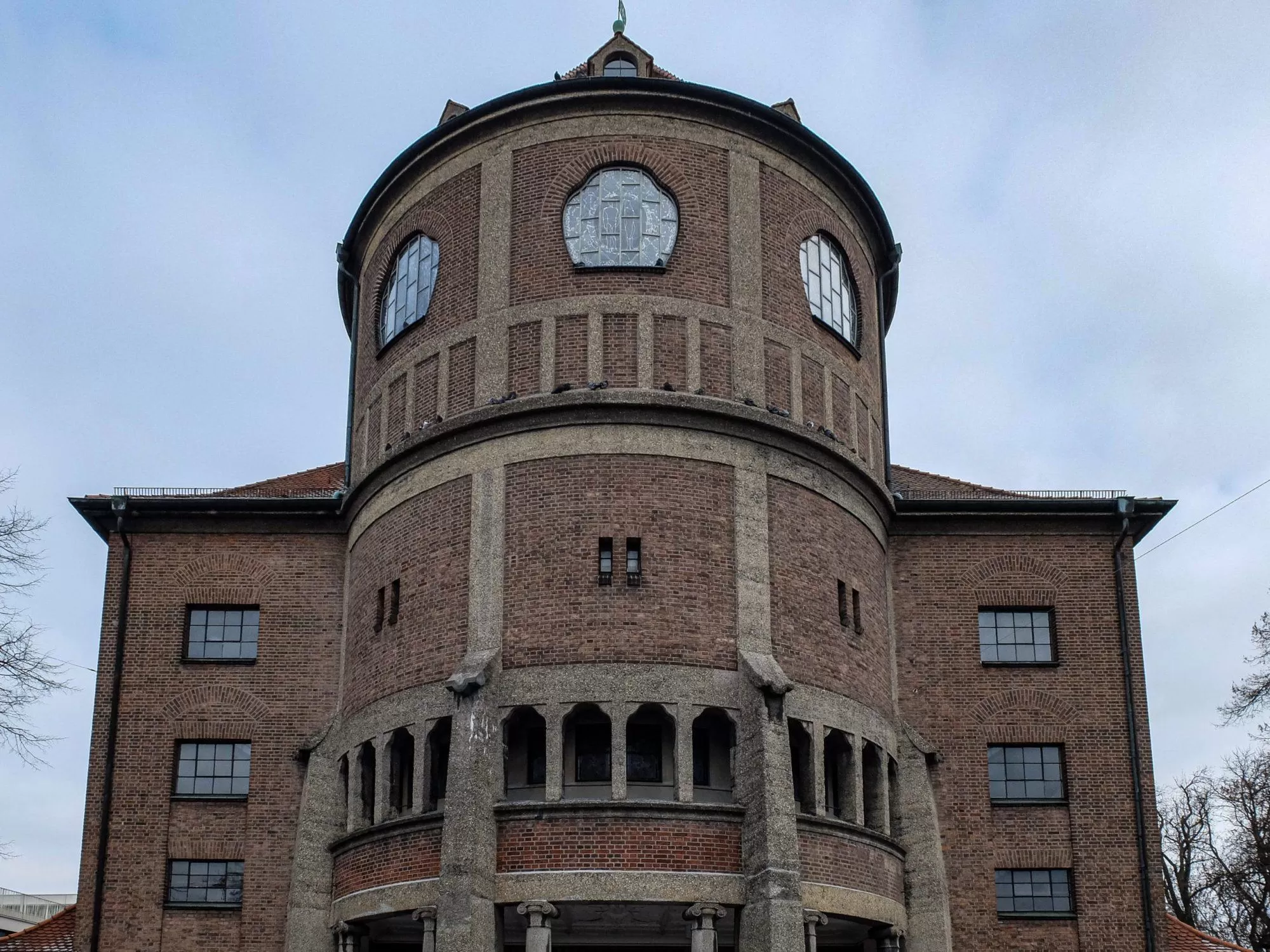
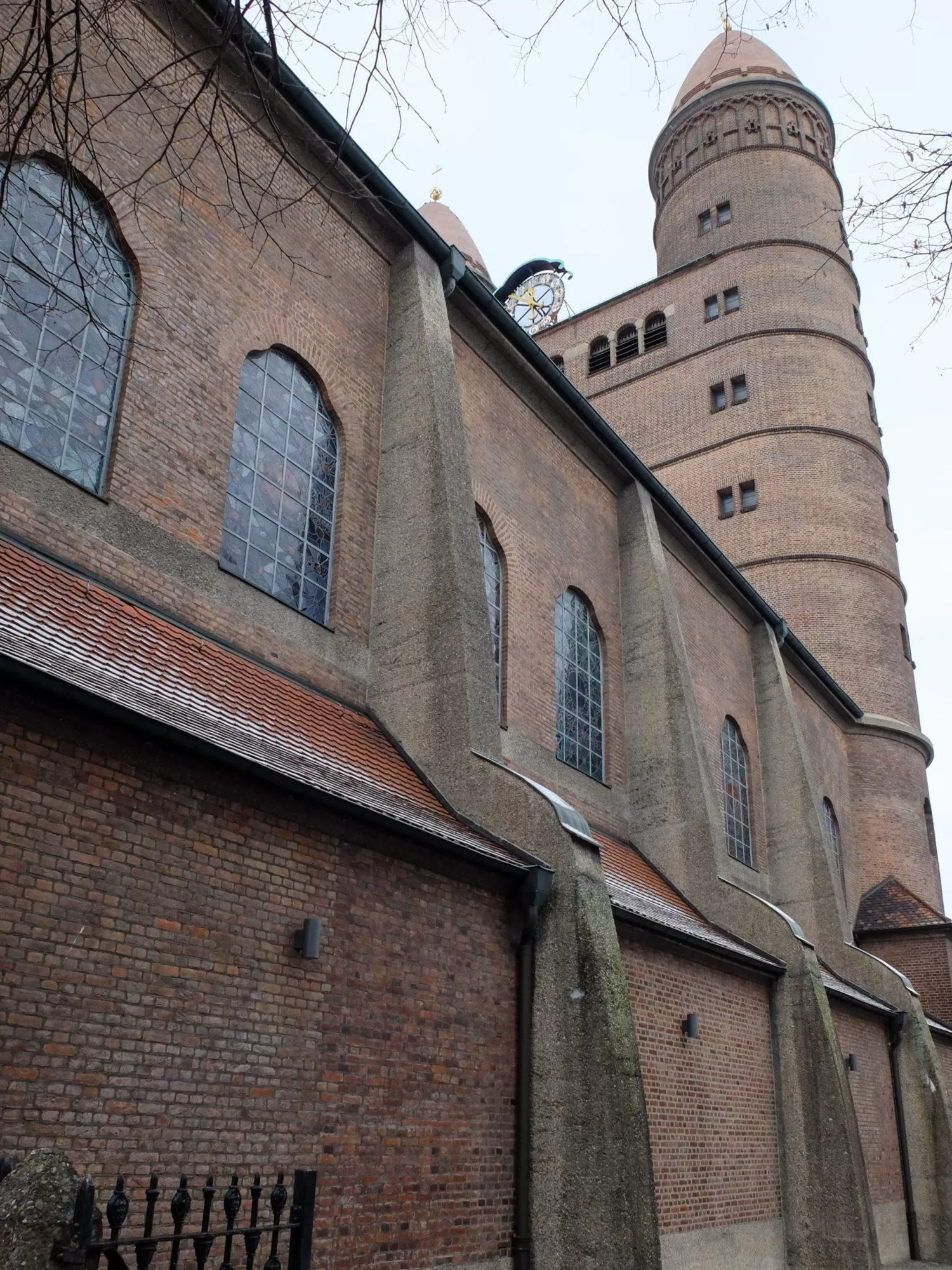
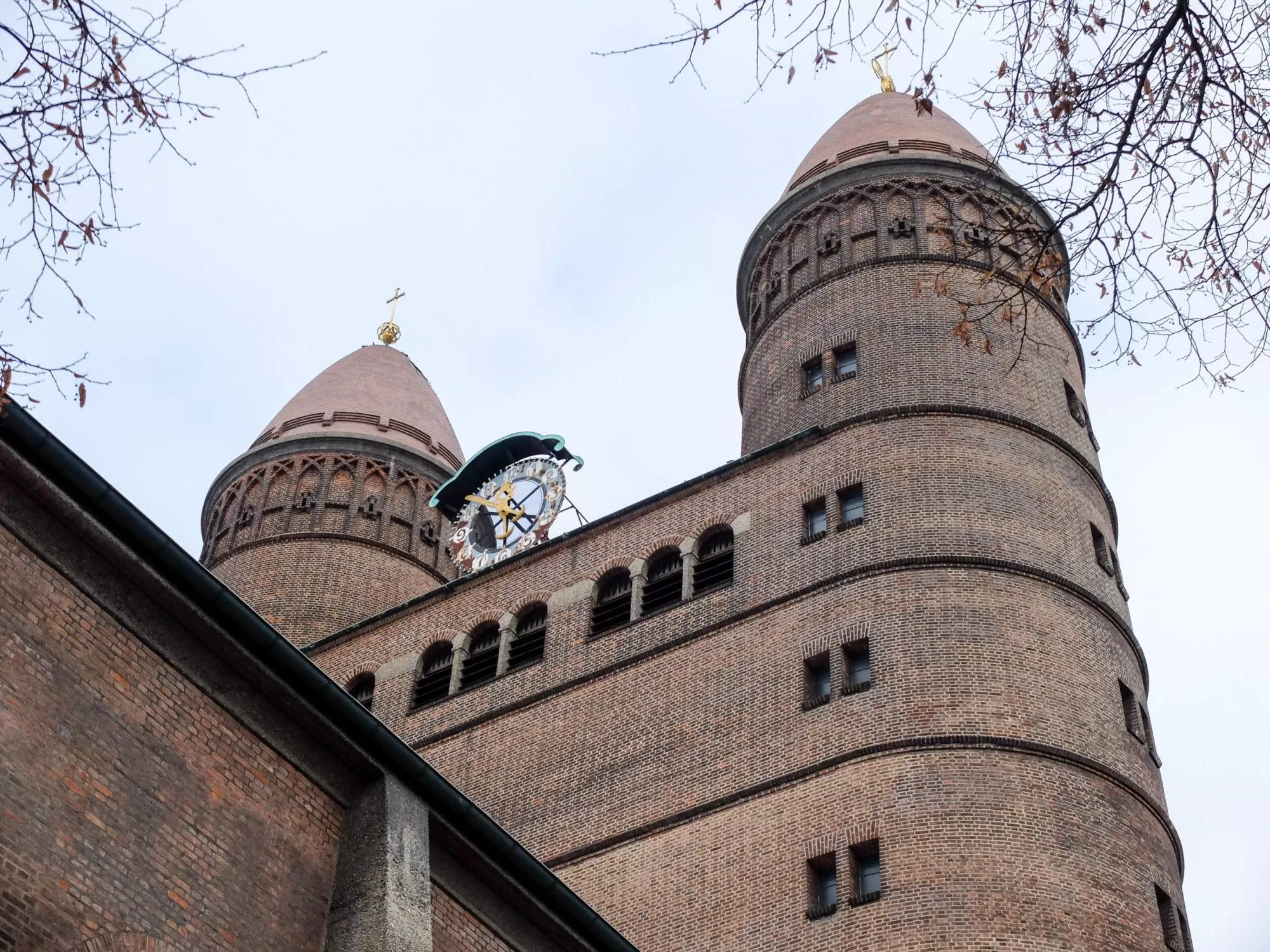
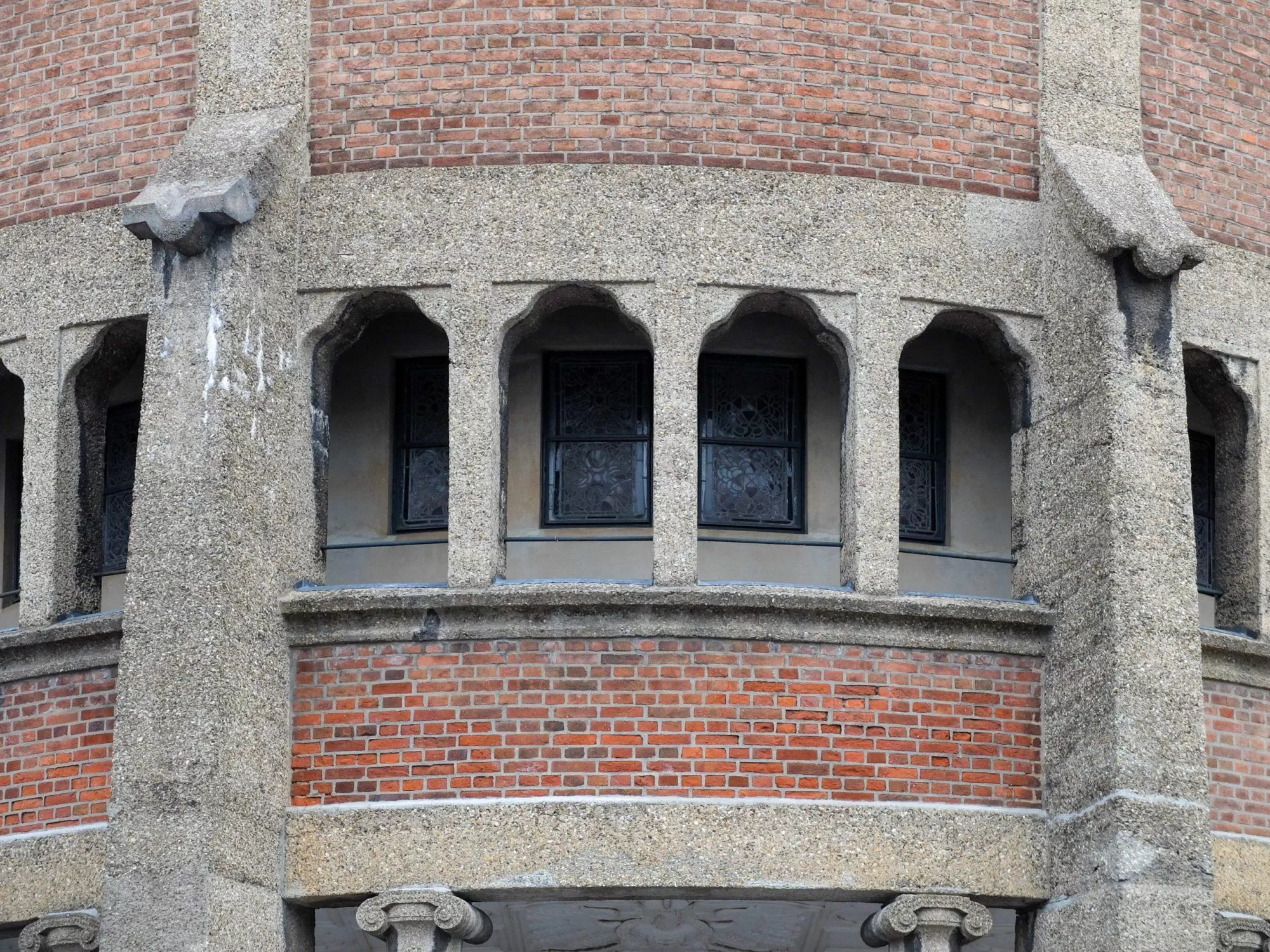
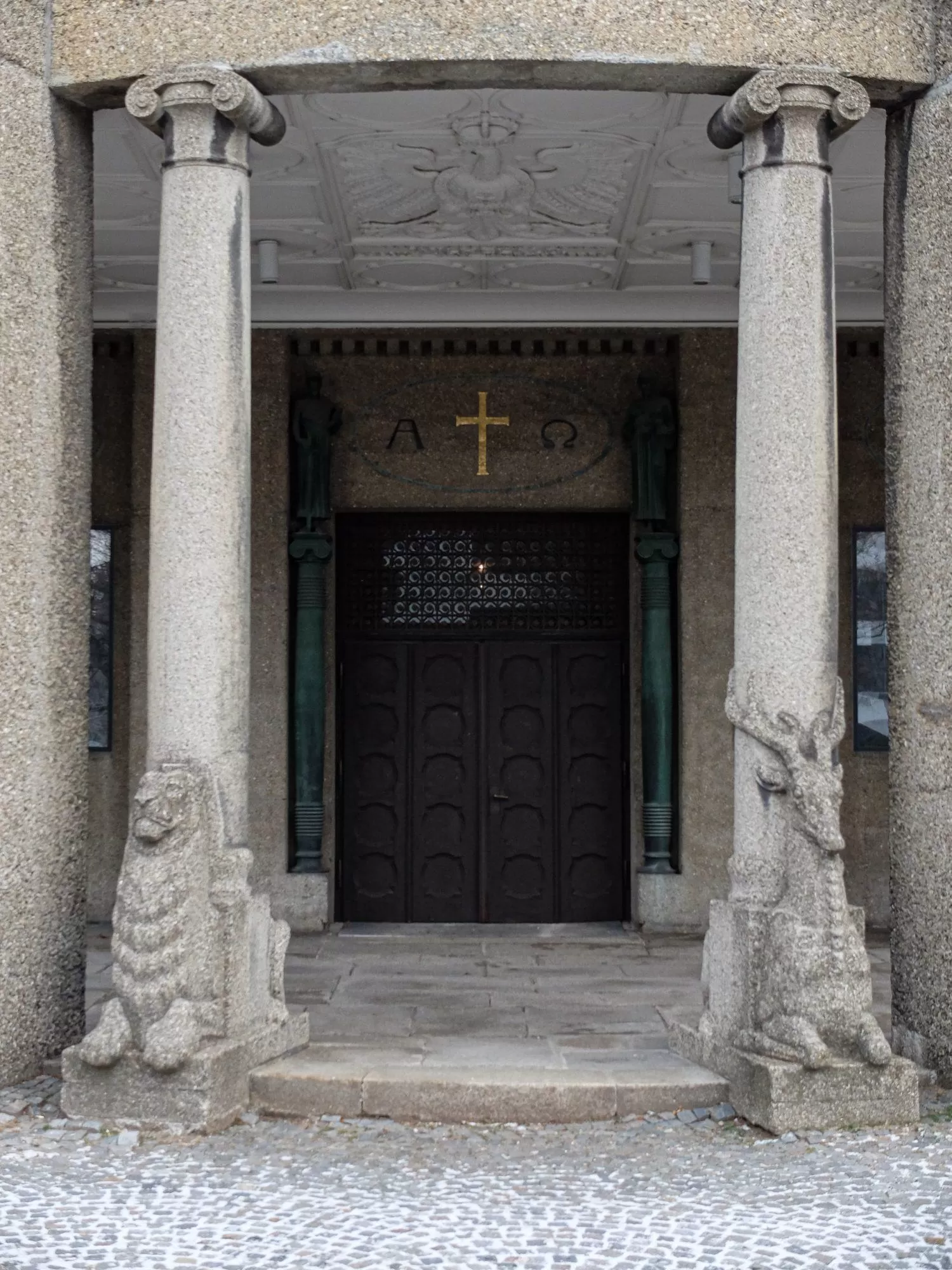
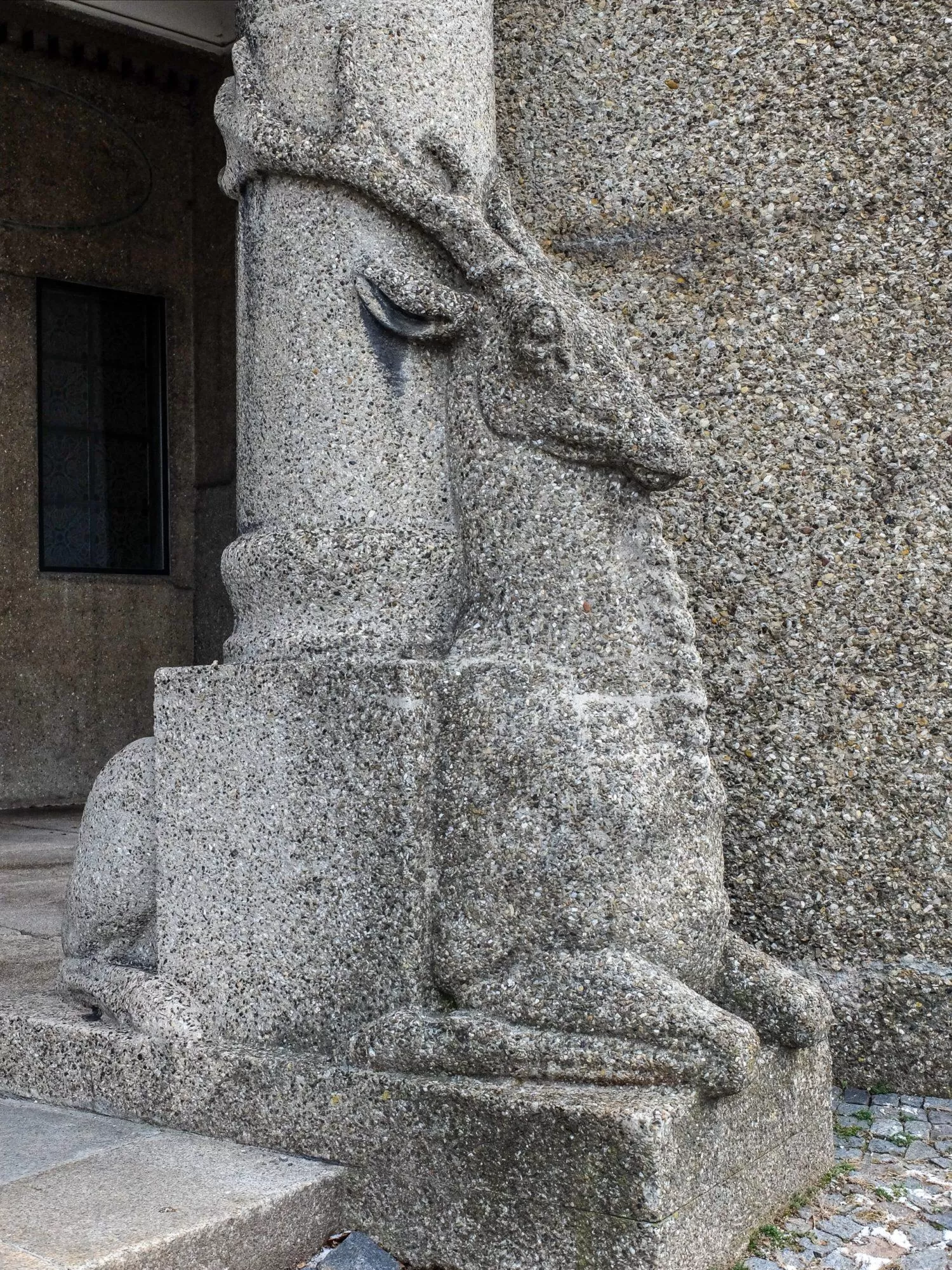
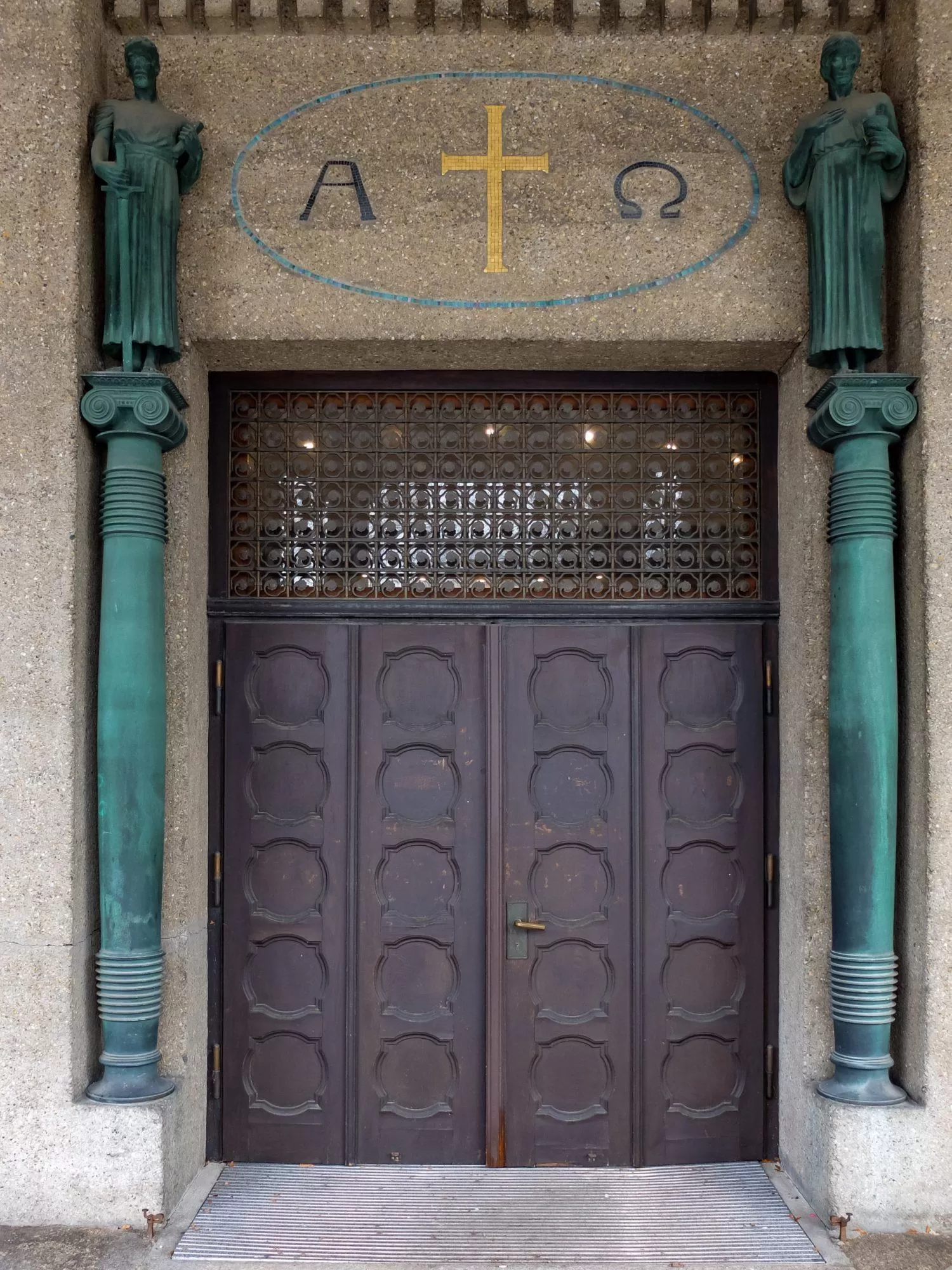
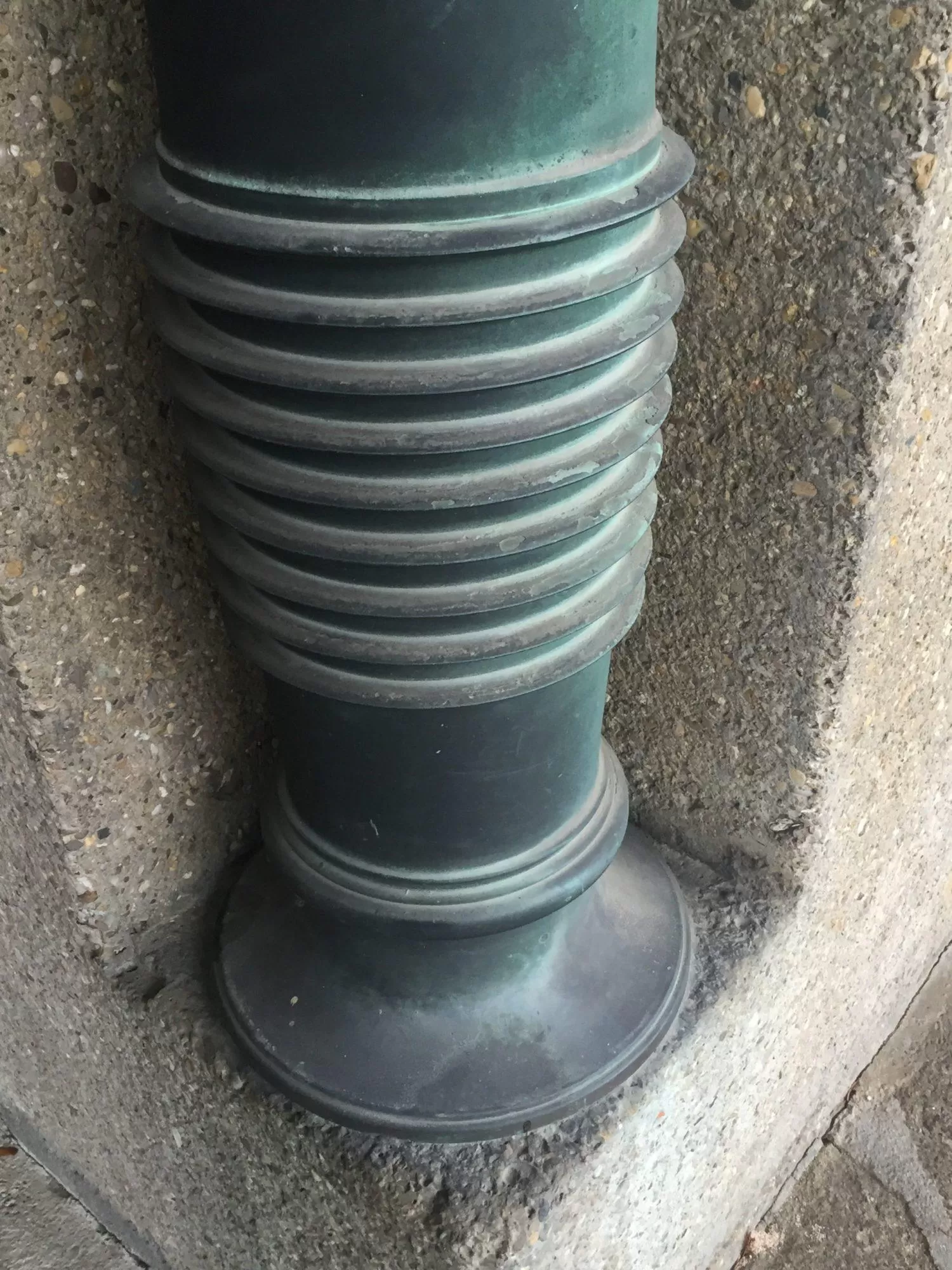
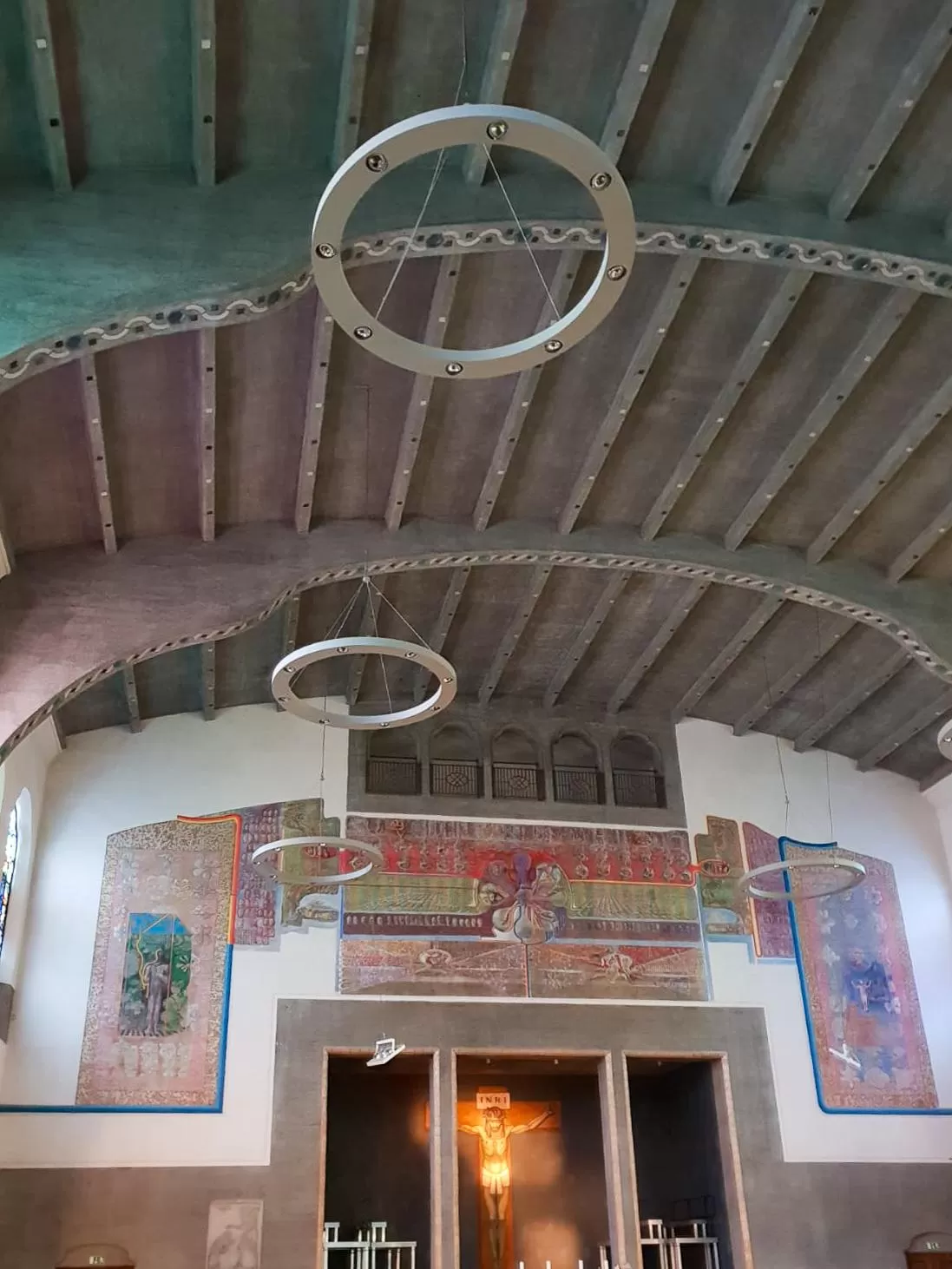
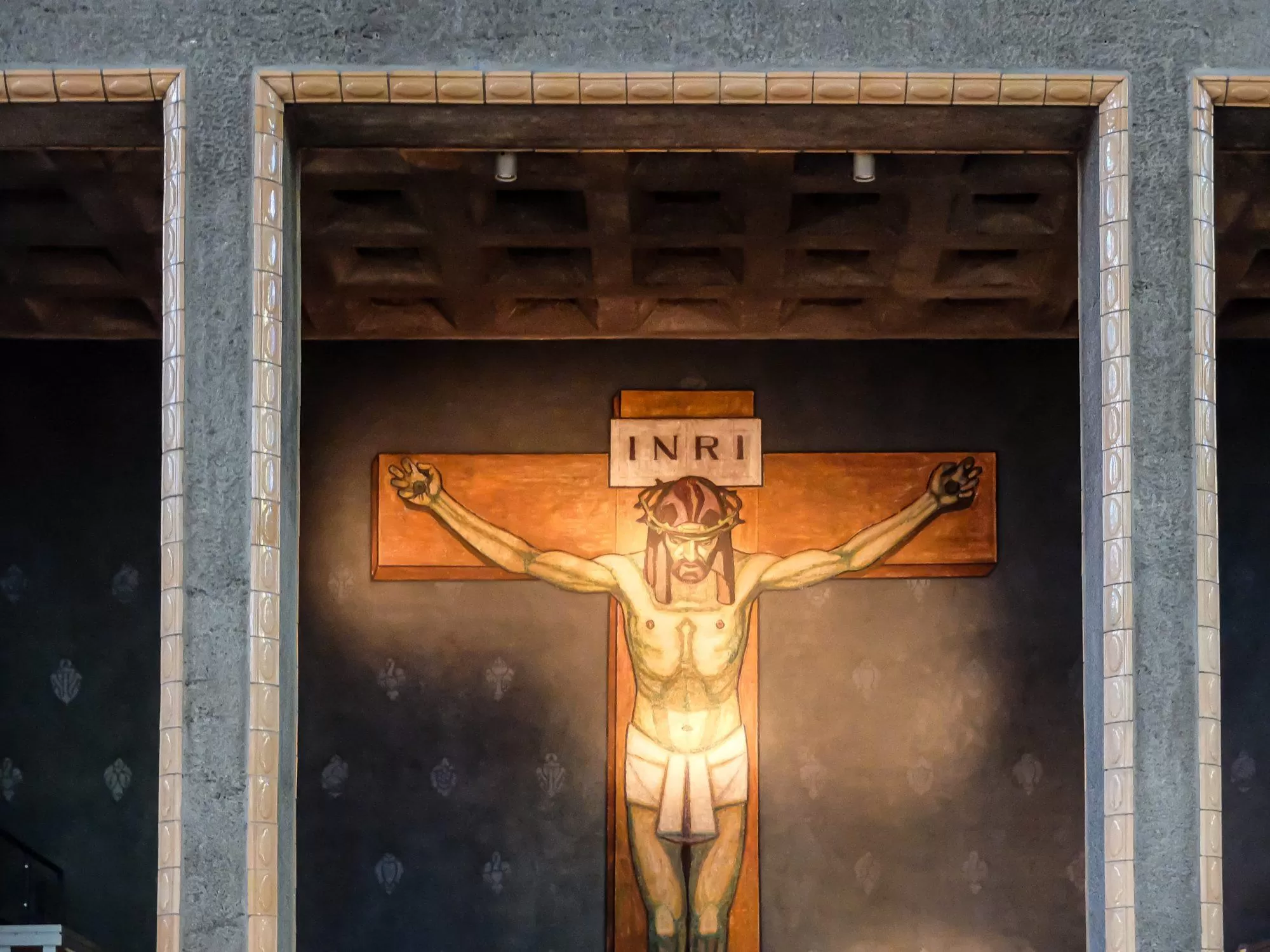
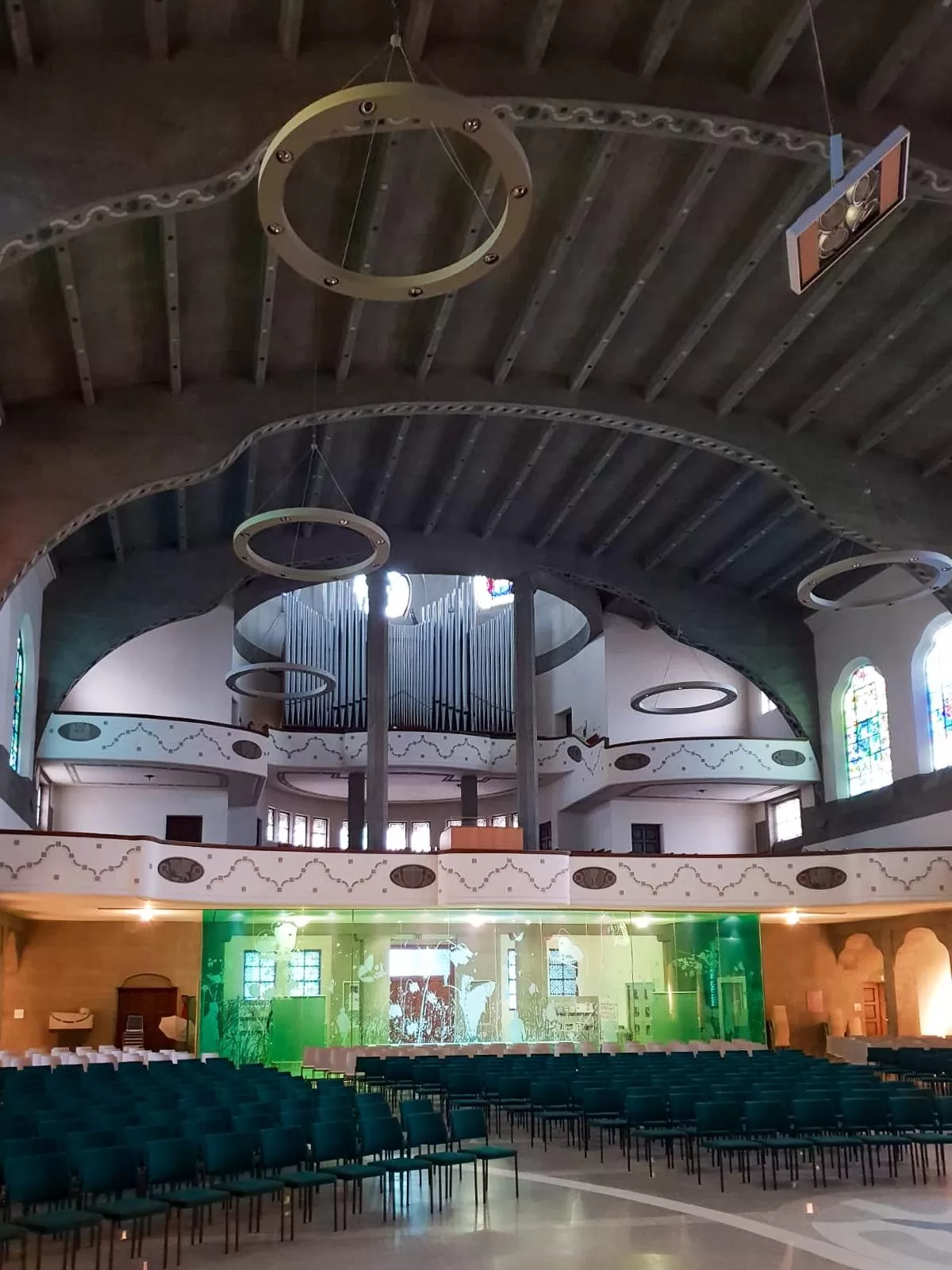
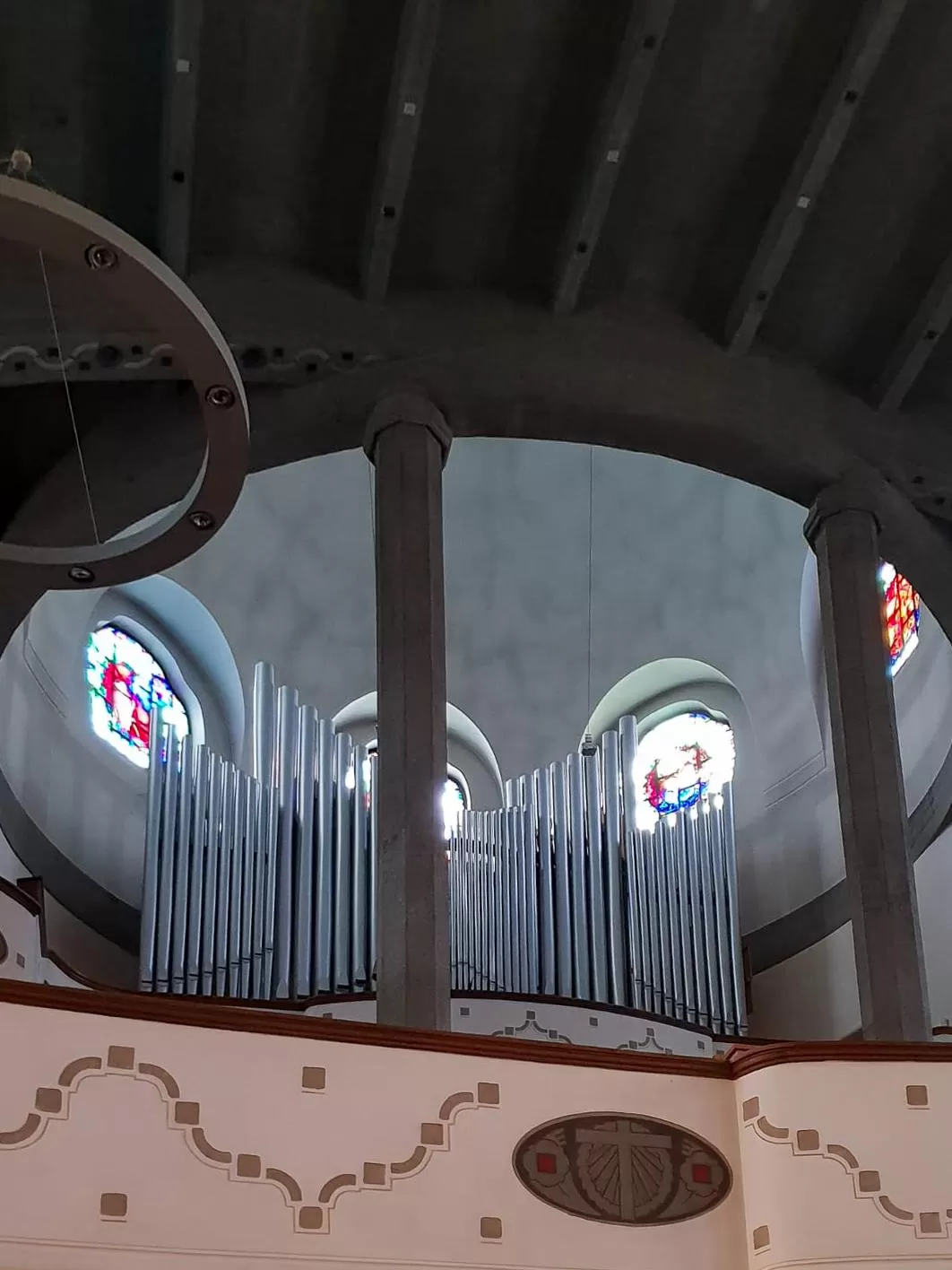
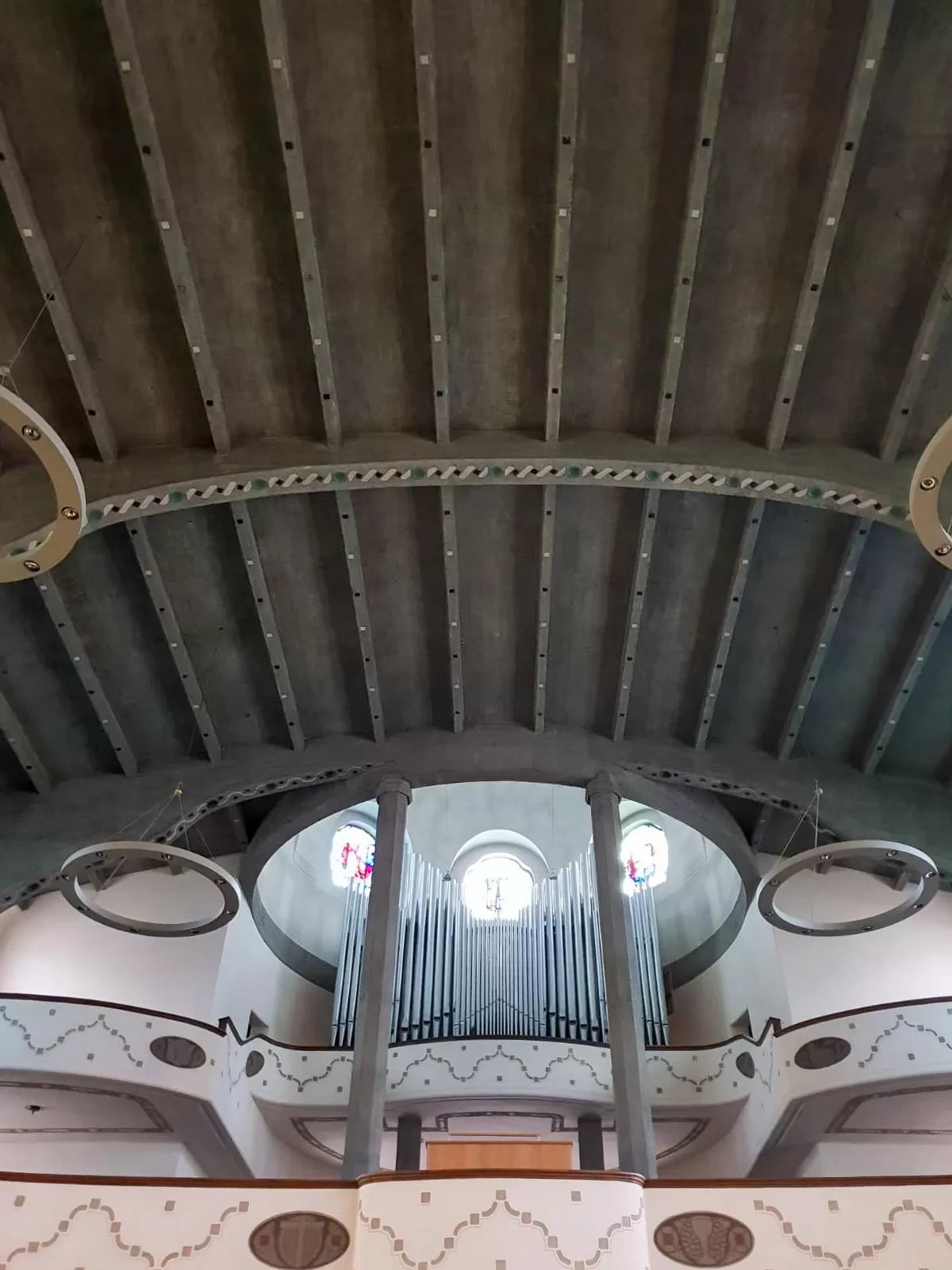
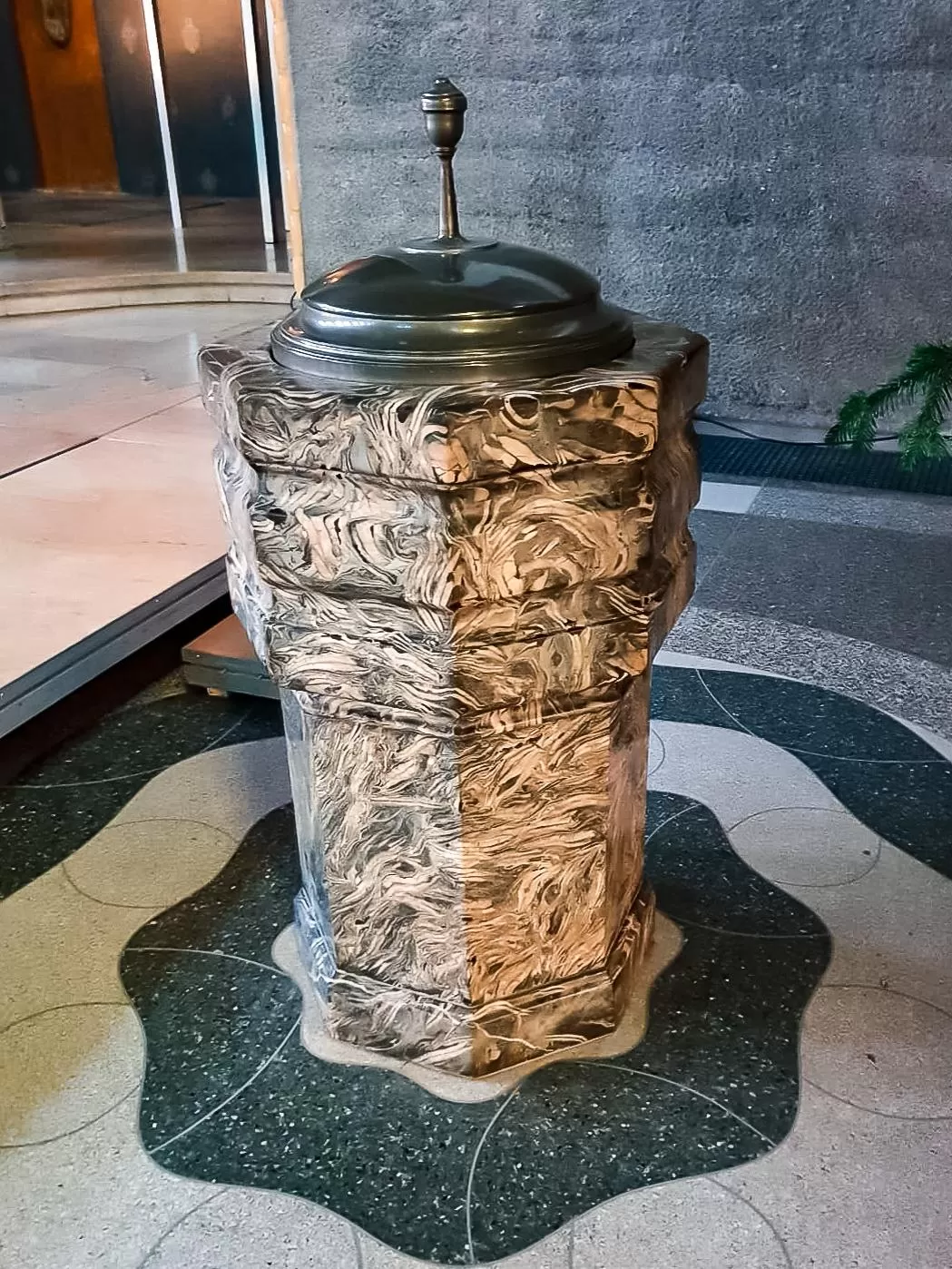
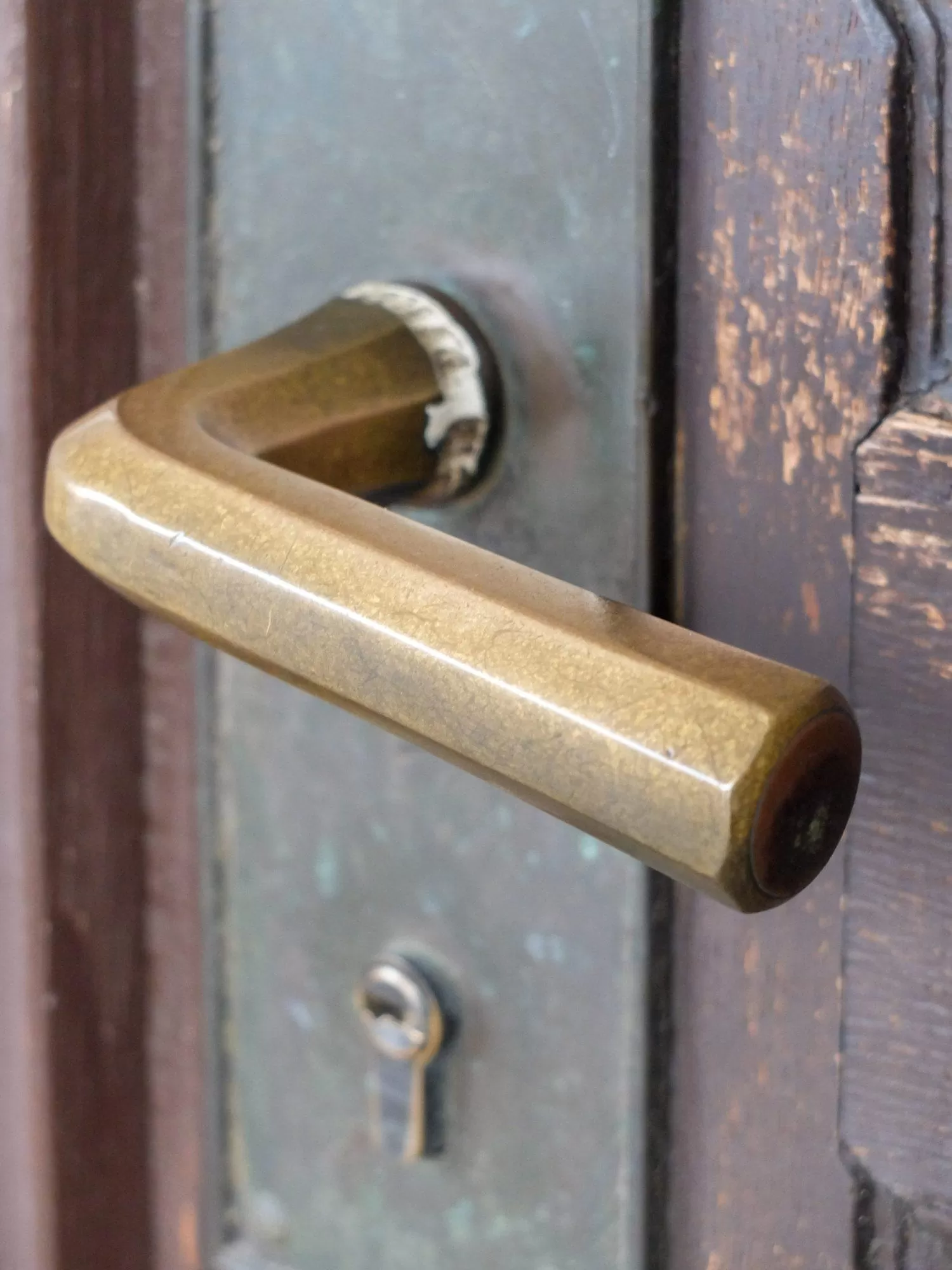
What a beautiful Church, the pictures are lovely but I suppose seeing it in real life would certainly be eye opening. Is the a Protestant or Roman Catholic Church, please excuse my ignorance, confused as I see Christ on the Cross. The page before said it was a Protestant hurch.
Thank you for your kind comment and question! Yes, it is a Protestant church. In older Protestant churches you can quite often still find a representation of Christ on the cross, while in newer Protestant churches this is rather uncommon.
Was this the church Sophie Scholl attended as a youth in Ulm? If built by the military, would that mean it was an Evangelische church, as opposed to being distinctively Reformed of Lutheran?
For Sophie Scholl, two churches in Ulm were important. St. Paul’s Church, here, was the site of her confirmation. In the Martin Luther Church in the Zingler Street in Ulm, the organ room was used as a hiding place for the leaflets of the White Rose. Approximately two thousand copies of the fifth leaflet, which Sophie Scholl sent from Munich to her friends in Ulm, were made ready for distribution here.
St. Paul’s was built as a Protestant garrison church shortly before World War I. Up to that time, the only churches available to members of the military were a Protestant garrison church in Ludwigsburg and the Catholic garrison church of St. George in Ulm.